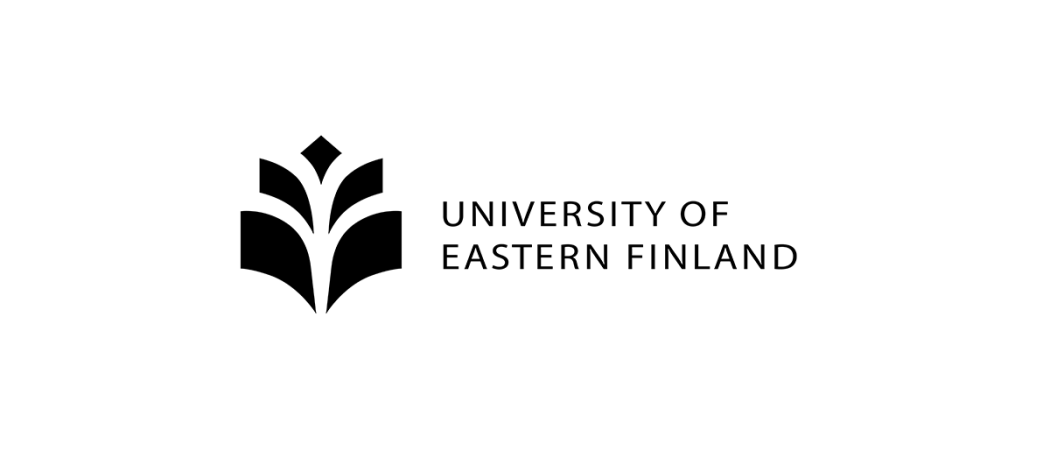
The Academy of Finland’s Research Council for Natural Sciences and Engineering granted more than 1.75 million euros of funding to four new Academy of Finland research projects at the University of Eastern Finland. The projects focus on new opportunities in cancer therapy, predictive brain image analysis, aqueous phase processing of organic aerosols in Boreal areas, as well as ionic organophosphorus push-pull chromophores.
Furthermore, the Research Council for Health granted funding to an Academy Research Fellow project focusing on computational modelling in spectroscopic characterisation of connective tissues in osteoarthritis.
Dual-targeting of BET and sirtuin proteins may enhance cancer treatment
Docent Maija Lahtela-Kakkonen from the School of Pharmacy secured 476,598 euros for an Academy of Finland project focusing on dual-targeting of BET and sirtuin proteins.
Chemotherapy is used to treat many types of cancer. Chemotherapy has a high response rate for certain tumours, but it does not work well for solid tumours. Regulation of the acetylation status of chromatin core proteins, histones, is a central mechanism in epigenetic control. Disruption in the acetylation signalling plays a part in several diseases including various cancers. Regulation is controlled by mammalian Bromo and Extra Terminal (BET) family of bromodomain proteins and histone deacetylases, in which sirtuins belong. The BET family has been linked to the development of a number of extremely aggressive tumours. Sirtuins are also involved in several cancers.
The project will for the first time offer a functional connection between BET proteins and sirtuins in cancer cells. In addition, the dual-targeting of BETs and sirtuins will examined. It can be a promising strategy in cancer treatment, and can give advantages over mono-targeting.
Computer algorithms learn to predict diseases from brain images
Associate Professor Jussi Tohka from the A.I. Virtanen Institute for Molecular Sciences secured 438,875 euros for an Academy of Finland project focusing on predictive brain image analysis.
Minute changes in brain structure and function precede visible symptoms in brain diseases. These changes are observable by combining brain imaging and advanced computational data-analysis techniques. The project develops computational techniques based on machine learning to facilitate the observation of brain changes and to diagnose brain diseases earlier. The idea of machine learning algorithms is to use existing data to make computers learn to automatically interpret new data. In the project, brain images and long-term follow-up information of a large subject pool form the input to the machine learning algorithms. By utilising this example data, the algorithms learn to predict disease progression based on brain images.
Methods to be developed in this project can be utilised, for example, for early diagnosis of Alzheimer's disease. The project will team up with top level medical experts to try to find most promising utilisation targets for the new methods.
Aiming at the first parameterisation applicable in global climate models to describe changes in organic aerosols in aqueous phase processing
Professor Annele Virtanen from the Department of Applied Physics secured 391,562 euros for an Academy of Finland project focusing on the importance of aqueous phase processing of organic aerosols in Boreal areas (AquBor).
The project will ambitiously study, in both laboratory and real atmospheric conditions, how the interactions of organic aerosols with water vapour, both at sub- and supersaturation conditions, change the particle composition and the most atmospherically relevant properties of the particles. This is vital for understanding the evolution of organic aerosols in the atmosphere. The project will specifically concentrate on environments typical of the Boreal area. An extensive set of existing online mass spectrometer techniques and other state-of-the-art instrumentation will be used, and the project will develop new methodology to achieve its ultimate goal: the first comprehensive parameterisation applicable in global climate models to describe changes in organic aerosols’ mass, composition and properties due to the aqueous phase processing both in subsaturation and in-cloud conditions.
The consortium project is carried out in collaboration with the Finnish Meteorological Institute. Virtanen serves as the consortium leader and the overall funding secured from the Academy of Finland amounts to some 783,000 euros.
Furthermore, Professor Igor Koshevoy from the Department of Chemistry secured 447,491 euros of Academy of Finland funding for a project focusing on ionic organophosphorus push-pull chromophores.
Computational modelling in spectroscopic characterization of connective tissues in osteoarthritis (COMPaCT)
Docent Isaac Afara from the Department of Applied Physics secured 438,874 euros of funding for an Academy Research Fellow project focusing on computational modelling in spectroscopic characterisation of connective tissues in osteoarthritis. Afara also secured an additional 329,998 euros to cover the costs of the project during the upcoming three-year period.
Osteoarthritis is a degenerative joint disease affecting one million Finns. It is associated with severe pain, immobility, and significant socio-economic impact. Currently, surgical treatment of joint pathologies is carried out during arthroscopy, with treatment success depending on accurate diagnosis of the extent and severity of injury. However, traditional arthroscopy is highly unreliable. Thus, novel and accurate arthroscopic techniques are required. Optical spectroscopy has shown potential for accurate clinical evaluation of joint tissue integrity. Nevertheless, scattering and absorption of light in these tissues are not fully understood.
The project aims to provide fundamental insights that will improve the interpretation and effective application of optical spectroscopy for diagnosis of joint pathologies during arthroscopy. This could result in novel optical diagnostic approaches that could significantly enhance arthroscopic assessment of human joints.





 A unique international forum for public research organisations and companies to connect their external engagement with strategic interests around their R&D system.
A unique international forum for public research organisations and companies to connect their external engagement with strategic interests around their R&D system.